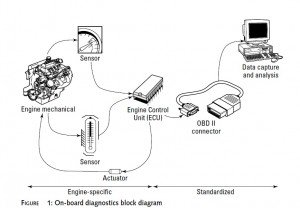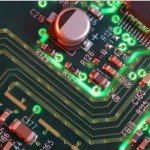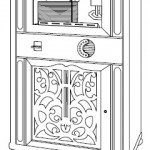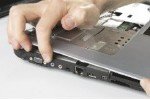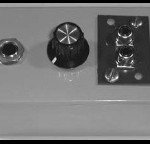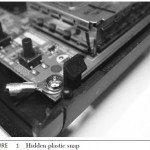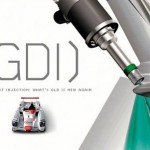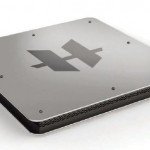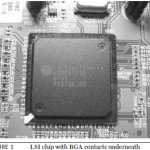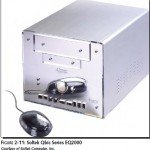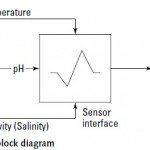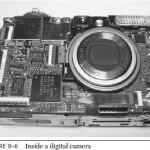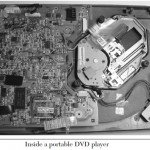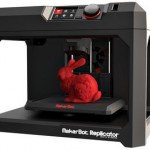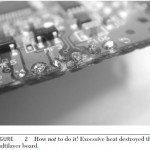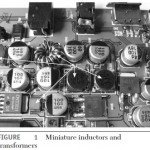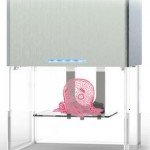Own Made Automotive Diagnostic
The computers jammed (and later engineered) into cars in the late 20th century did nothing for the shade-tree mechanic. Previously, mechanics could make do with a shop manual and some oddly shaped tools. Computer-controlled engines, transmissions, and instruments, different in each manufacturer’s cars and lacking any universal characteristics, quickly threatened to make automotive repair so arcane that none but factorytrained and sponsored mechanics had a prayer.
Computers Be Damned, the Gearhead Is Back!
Government-imposed smog regulations were a key reason why computers began to appear in cars. Early onboard computer implementations sapped so much power and ran so poorly, however, that many people wrote off smog equipment and worked to convince anyone who would listen that electronics in cars should be eliminated.
Eliminating electronics in cars hasn’t happened. The latest BMW 7 series includes a simplified computer trackball and a user interface that your grandparents won’t get out of park. That’s an extreme example, but even conventional-appearing cars are filled with computers and processors. You don’t set the spark plug timing, set the fuel mixture, adjust for high altitude, or shift the automatic transmission (despite those manual shift positions). Computers do.
Cars now universally use computer-controlled fuel injection, and the combination of faster, more reliable computers and decades of testing and improvement have resulted in cars that are more powerful, run smoother, and require less maintenance than their older versions. The computers and controls are so good that some states permit emissions testing based on simply checking the readouts of the onboard computers, not actually sampling the car exhaust.
Surprisingly, governments intervened to solve many of the early problems amateur mechanics had with automotive computers, requiring manufacturers to implement a standard interface to the onboard systems. The state of California required systems compliant with On-Board Diagnostics I (OBD I) on all 1991 and newer vehicles. The United States Environmental Protection Agency required systems compliant with On-Board Diagnostics II (OBD II) on all 1996 and newer vehicles. These requirements apply to all cars sold in the United States, regardless of where the vehicle was made. The standardization created by these requirements created a market for inexpensive, universal OBD II data access and logging equipment, giving home mechanics access to the information previously locked inside their cars’ computers.
Standardization Is Your Friend
OBD II requires that all cars sold in the United States use one of three hardware interfaces to send and receive data through the OBD II port. The Society of Automotive Engineers (SAE) is responsible for the standards used by Ford and General Motors, while the International Standards Organization (ISO) is responsible for the standard used by Chrysler and most foreign car companies. Above the electrical level, the generic diagnostic trouble codes (DTCs) are the same for every vehicle; individual manufacturers add their own vehicle-specific codes as required.
All OBD II systems work in the same way, following the block diagram in Figure 1. Your car still has a conventional internal combustion engine, but it’s been augmented with sensors and actuators. The sensors, including ones that monitor timing, fuel, oxygen, and other parameters, report to the Engine Control Unit (ECU), a small microcontroller in the car. Software in the ECU monitors the sensor readings, uses the actuators to time the spark for each cylinder and adjust the engine operation, and to watch for problems.When problems occur, the ECU logs a failure snapshot and may turn on the Check Engine light (called the Malfunction Indicator Light, or MIL, in the OBD II standard).
